20 Traditional Native American Dishes That Celebrate Cultural Heritage
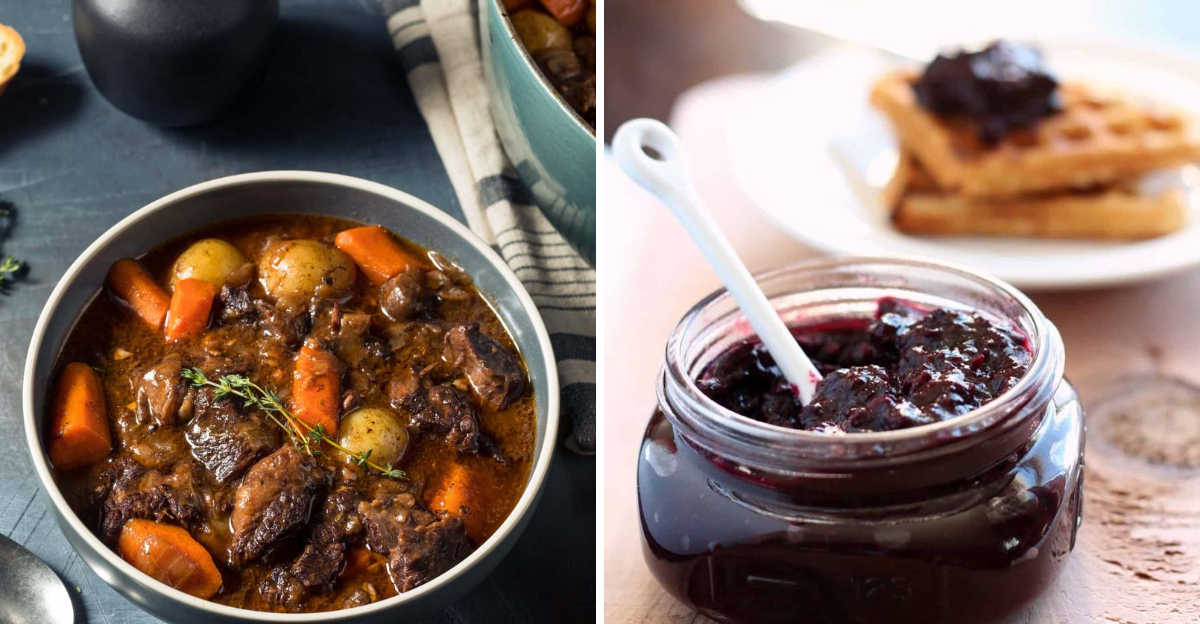
Native American cuisine is deeply rooted in connection—to the land, the seasons, and ancestral traditions passed down through generations. While recipes vary across tribes and regions, many Indigenous dishes share a focus on natural, local ingredients like corn, beans, squash, wild game, and foraged plants. Today, these traditional foods are not only delicious—they’re a living testament to Native culture, resilience, and heritage. Whether it’s a centuries-old stew or a simple frybread taco, each dish tells a story. Here are 20 traditional Native American meals and staples that continue to honor that legacy.
1. Three Sisters Stew
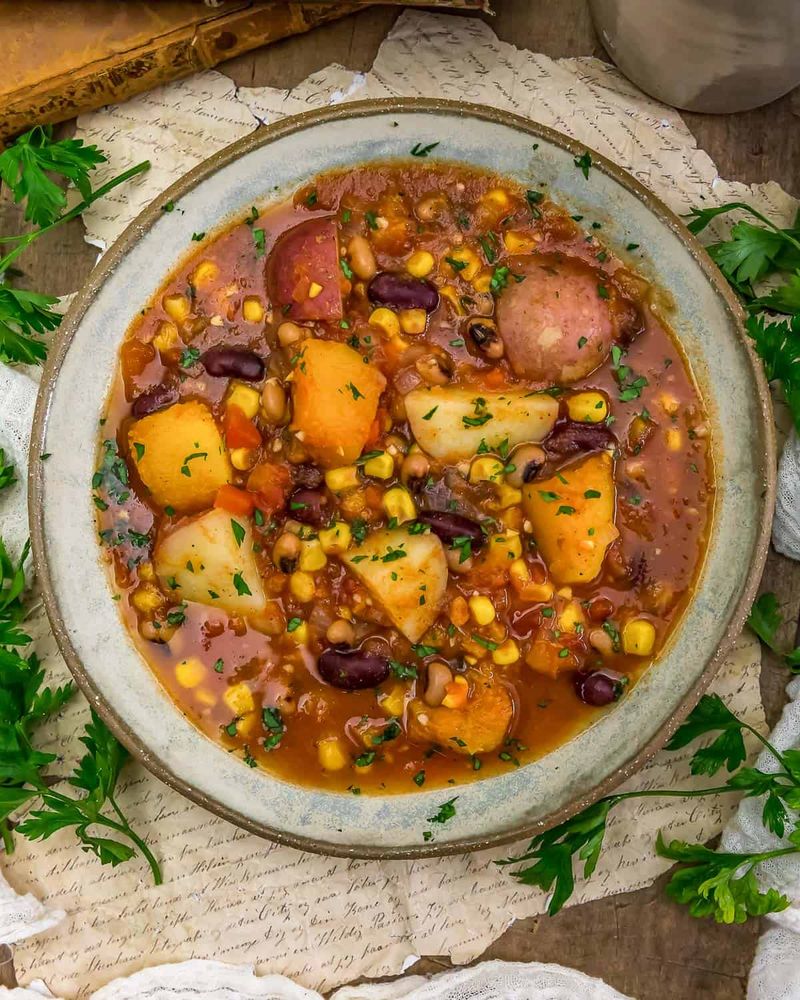
Three Sisters Stew is an homage to Indigenous agriculture, combining corn, beans, and squash. This hearty dish is more than sustenance; it’s a representation of harmony and balance. Each ingredient supports the others, a testament to the interconnectedness of life. As you take a spoonful, imagine the rich history infused in each bite. The flavors are earthy, sweet, and satisfying. Traditionally, this stew was shared among communities, strengthening bonds and nourishing relationships. Today, it remains a beloved dish, celebrating the bounty and resilience of Native American culture. Culinary heritage presented with every bowl.
2. Frybread

Frybread is a versatile culinary icon in Native communities. Crispy on the outside and soft within, it’s enjoyed in various ways. Sweetened with honey or powdered sugar, or as a savory base for tacos, frybread adapts to any palate. Its origin dates back to times of hardship when Native Americans were provided limited ingredients. Yet, from adversity came ingenuity, creating a staple that transcends generations. Each bite carries a story of resilience and culinary artistry, embedding itself deeply in cultural heritage.
3. Bison Stew
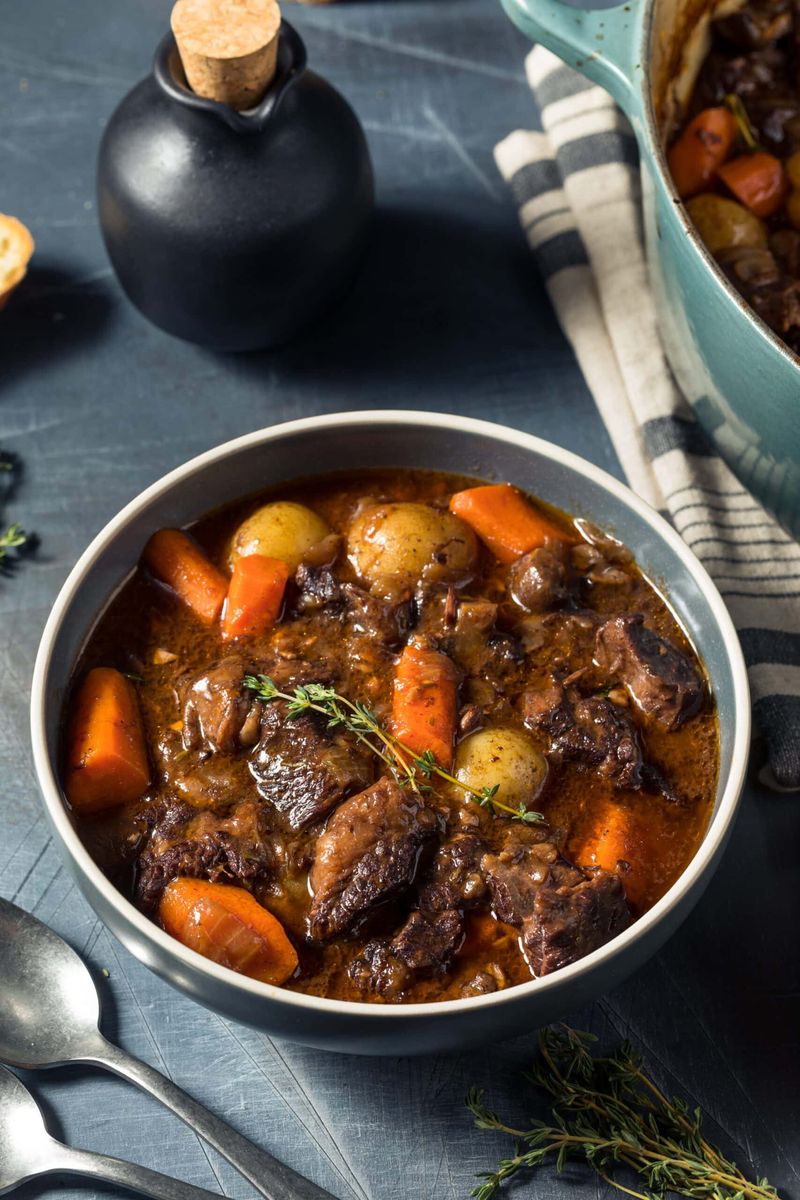
Bison Stew is a comforting, nutrient-rich meal cherished by many tribes. Slow-cooked with root vegetables and herbs, this dish showcases bison’s importance as a sacred food source. The flavor melds beautifully with savory vegetables, creating a harmonious balance. The slow simmering process fills the air with an inviting aroma, reminiscent of communal gatherings. Traditionally shared during feasts, Bison Stew nourishes both body and spirit. Each spoonful connects us to the past, celebrating cultural heritage and the natural bounty of the land.
4. Indian Tacos
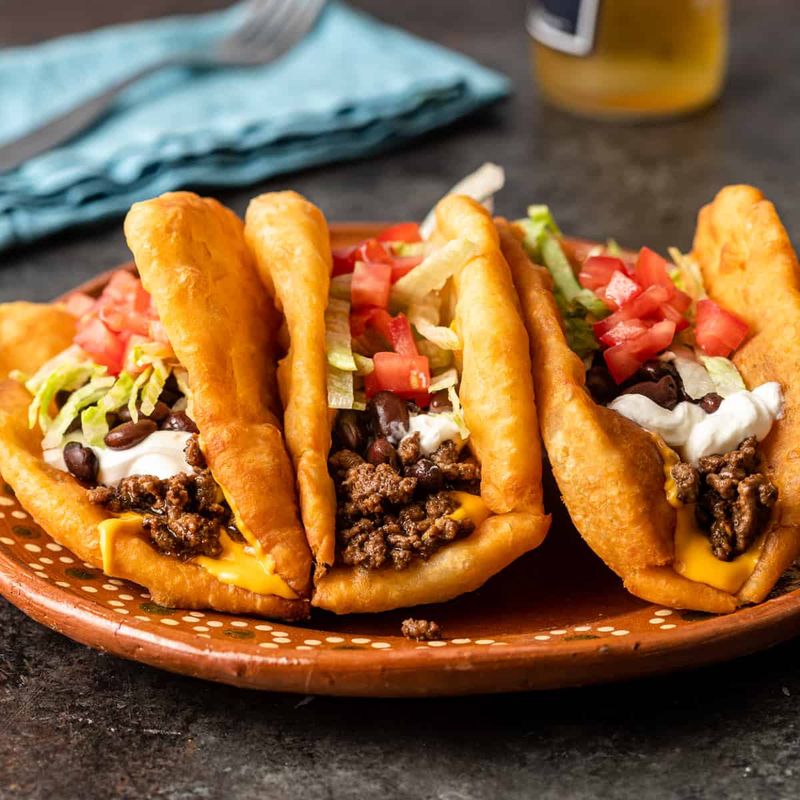
Indian Tacos are a modern fusion of tradition and flavor. Built on a foundation of frybread, they feature seasoned ground meat, beans, cheese, lettuce, and salsa. Each bite is a delightful combination of textures and tastes, blending savory and fresh elements. As you enjoy this dish, appreciate the creativity and adaptability of Native American cuisine. Indian Tacos are not just a meal; they represent cultural evolution, embracing new influences while honoring traditional roots. A delicious testament to innovation and heritage.
5. Wojapi

Wojapi is a thick, luscious berry sauce integral to Native cuisine. Often made with chokecherries, blueberries, or juneberries, it offers a slightly tart yet sweet taste. Traditionally served warm over frybread or used as a dip, Wojapi is a versatile delight. Its vibrant color and rich flavor bring a sense of warmth to the table. As you savor each spoonful, imagine the time-honored gathering of berries, a communal activity steeped in cultural significance. Wojapi is more than a sauce; it’s a taste of tradition.
6. Cedar-Planked Salmon
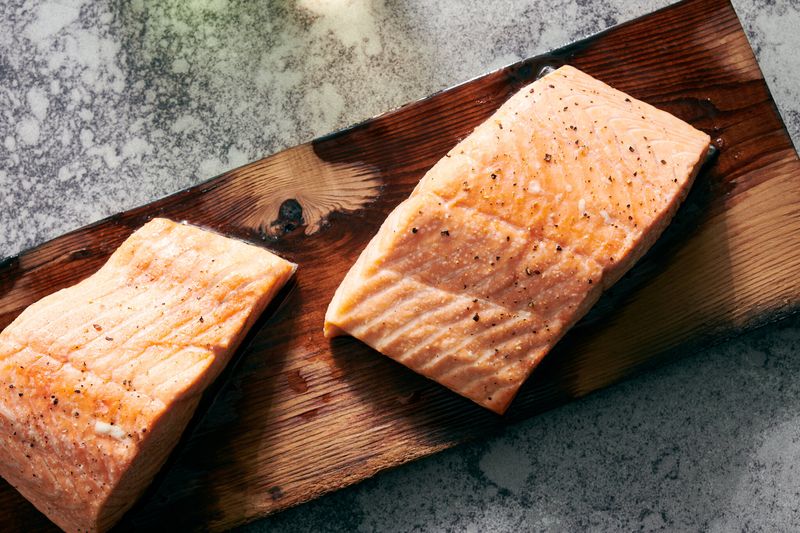
Cedar-Planked Salmon is a culinary masterpiece from the Pacific Northwest. Cooking salmon over cedar wood infuses it with smoky, earthy notes, enhancing its natural flavors. This technique, passed down through generations, highlights the strong connection between Native communities and their environment. The fragrant aroma of cedar and salmon creates a sensory experience, transporting you to majestic landscapes. Each tender bite captures the essence of tradition and respect for nature’s gifts. A dish that celebrates the harmonious relationship between land and people.
7. Hominy Stew
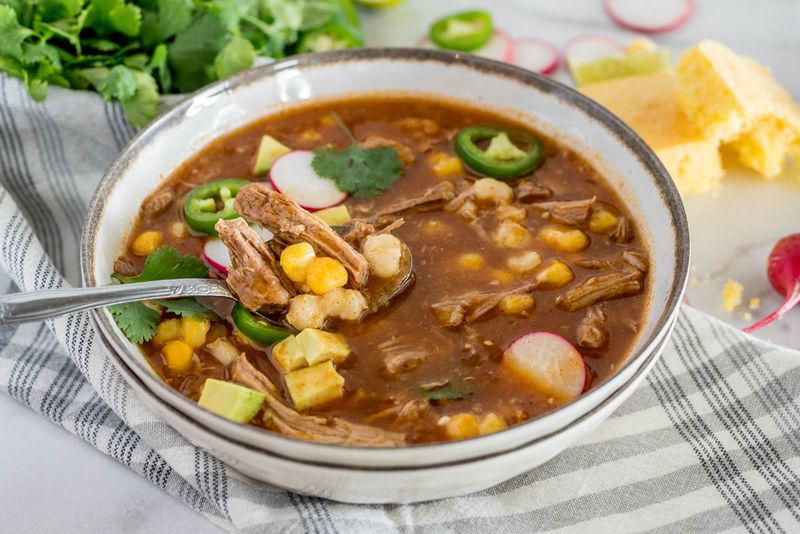
Hominy Stew is a flavorful blend of tradition and sustenance. The alkaline-treated corn kernels, known as hominy, add depth and texture to this hearty dish. Often combined with pork, chilies, or herbs, the stew’s flavors vary by region, reflecting diverse cultural influences. Each spoonful offers a taste of history, a reminder of the importance of corn in Native diets. Hominy Stew nourishes not just the body but also the spirit, connecting us with generations past and the land’s bounty.
8. Blue Cornbread
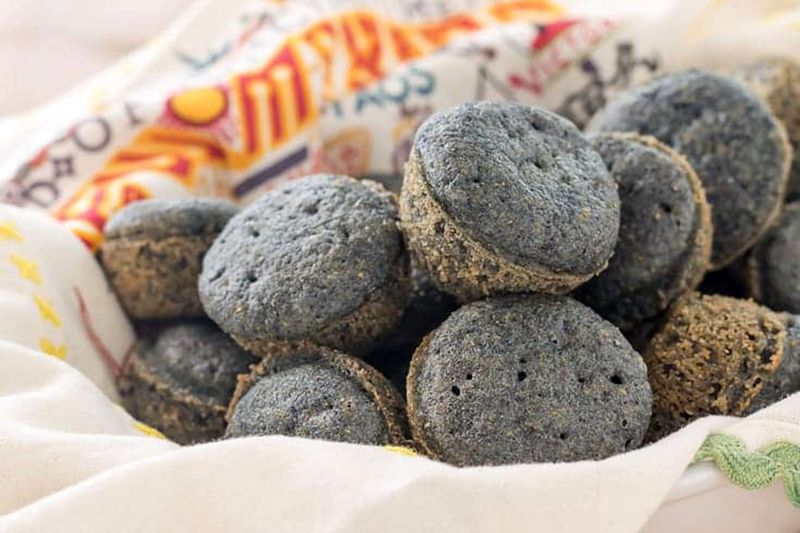
Blue Cornbread is a Southwestern specialty, using blue cornmeal, a staple among tribes like the Hopi and Navajo. This version of cornbread has an earthy, slightly nutty flavor, distinct from the familiar yellow variety. Its vibrant color and unique taste make it a standout on any table. Blue Cornbread speaks to the resourcefulness and creativity of Native cooks, transforming simple ingredients into cherished dishes. Serve it warm with butter or honey for a comforting treat that honors culinary heritage.
9. Wild Rice Casserole
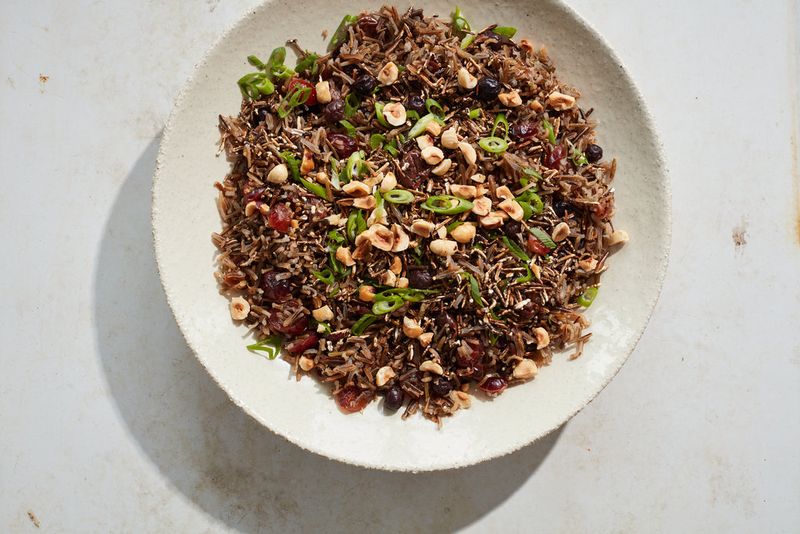
Wild Rice Casserole is a nourishing dish from the Great Lakes region. Wild rice, a sacred grain, forms the heart of this casserole, mixed with mushrooms, onions, and sometimes venison or cranberries. Each bite offers a complex interplay of flavors and textures, celebrating the natural bounty of the area. This hearty dish was traditionally shared during gatherings, reinforcing community bonds. Wild Rice Casserole is a testament to the enduring significance of wild rice in Native American culture and cuisine.
10. Acorn Soup
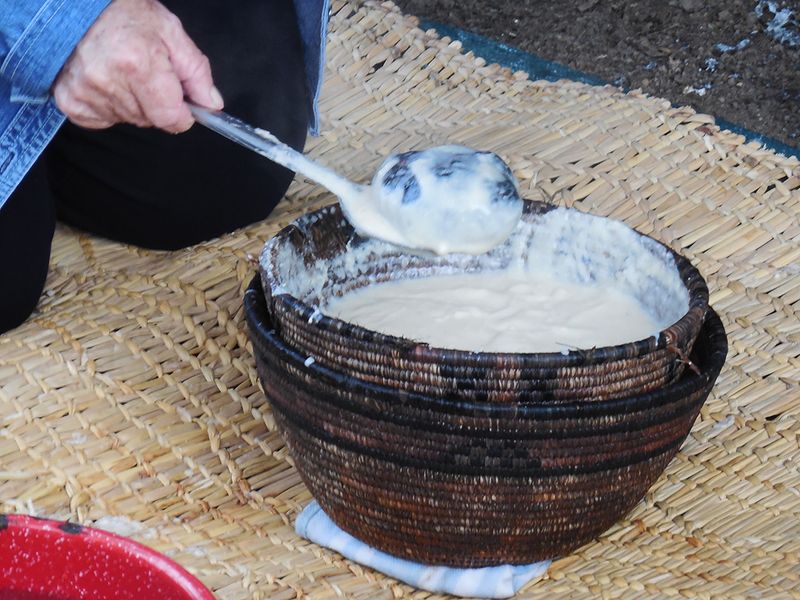
Acorn Soup is a staple among California tribal communities, crafted from ground acorns. This hearty, slightly nutty soup is rich in history and cultural tradition. The process of harvesting and preparing acorns is labor-intensive, a practice passed down through generations. Each spoonful connects us to the land and those who came before. Acorn Soup embodies resilience and resourcefulness, transforming humble ingredients into sustaining nourishment. A dish that celebrates the harmony between people and their environment, offering warmth and comfort.
11. Rabbit with Juniper
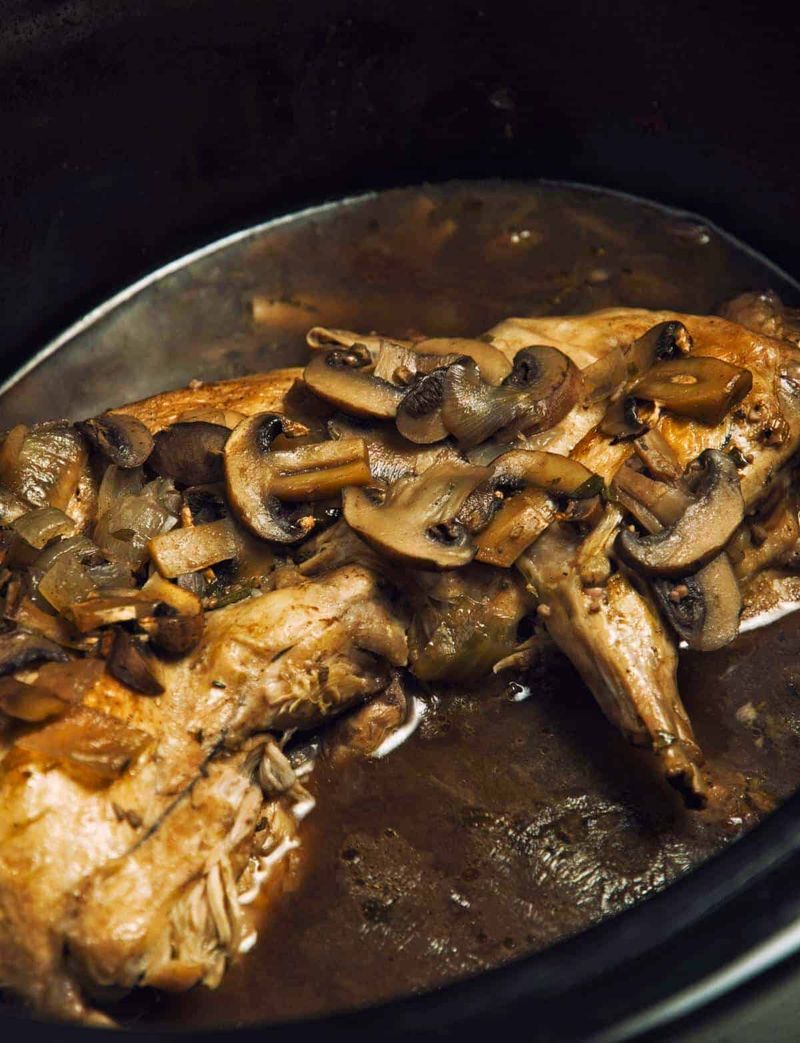
Rabbit with Juniper is a dish of rustic elegance and aromatic allure. Lean and gamey, rabbit provides a unique protein source, often slow-cooked with foraged juniper and other herbs. This combination results in a meal that’s rich in flavor and cultural significance. Preparing rabbit was historically a communal activity, fostering collaboration and connection. The dish reflects a deep understanding of the environment, using local ingredients to create sustenance. Enjoying Rabbit with Juniper is tasting tradition and savoring the wisdom of the land.
12. Navajo Blue Corn Mush

Navajo Blue Corn Mush is a traditional breakfast dish, offering warmth and nourishment. Made with blue cornmeal, water, and juniper ash, it provides a nutrient-rich start to the day. Its creamy texture and subtle flavor are comforting, reflecting the resourcefulness of Navajo cuisine. Each bowl tells a story of ingenuity, transforming simple ingredients into sustaining meals. As you savor this dish, appreciate the cultural legacy it represents, honoring ancestral wisdom and the enduring spirit of the Navajo people.
13. Pemmican
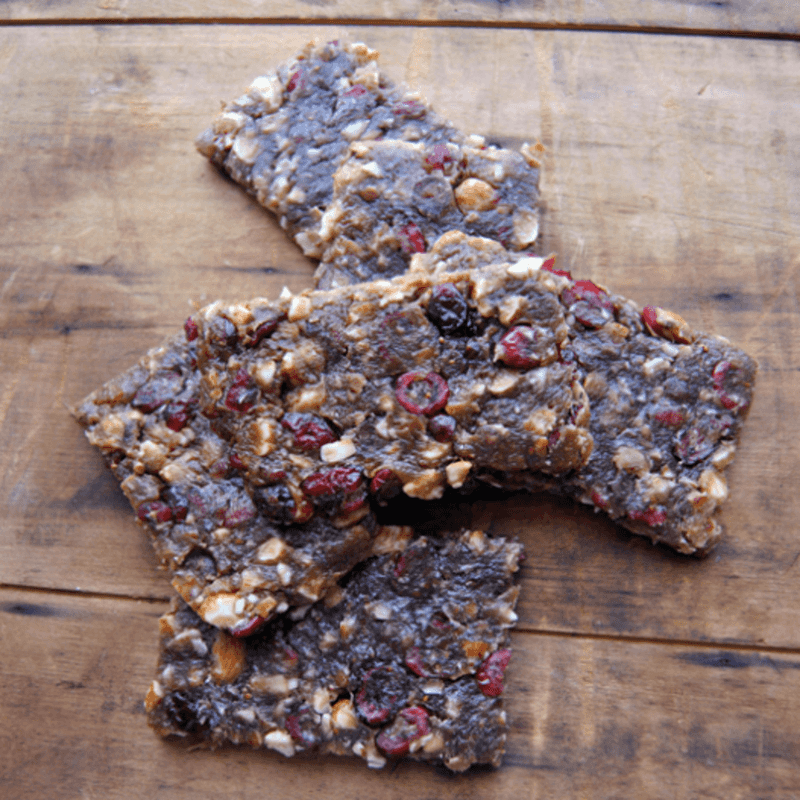
Pemmican is a high-energy, travel-ready survival food with deep historical roots. It blends dried meat, rendered fat, and berries, creating a nutrient-dense staple. This combination ensures long-lasting nourishment, essential for survival during long journeys and harsh conditions. Pemmican’s simplicity belies its significance, exemplifying the ingenuity and adaptability of Native cultures. As you enjoy this enduring snack, consider the generations who relied on it for sustenance. Pemmican is more than food; it’s a testament to resilience and the enduring spirit of adventure.
14. Roasted Squash

Roasted Squash is a celebration of simplicity and seasonality. This humble dish was a staple in many Indigenous diets, often accompanying corn or flavoring stews. The natural sweetness of squash is enhanced through roasting, creating a caramelized, tender delight. Preparing Roasted Squash connects us to the rhythm of the seasons and the abundance of the land. It’s a dish that honors tradition, transforming everyday ingredients into nourishing meals. Enjoying Roasted Squash is savoring the essence of culinary heritage and the bounty of nature.
15. Hickory Nut Soup
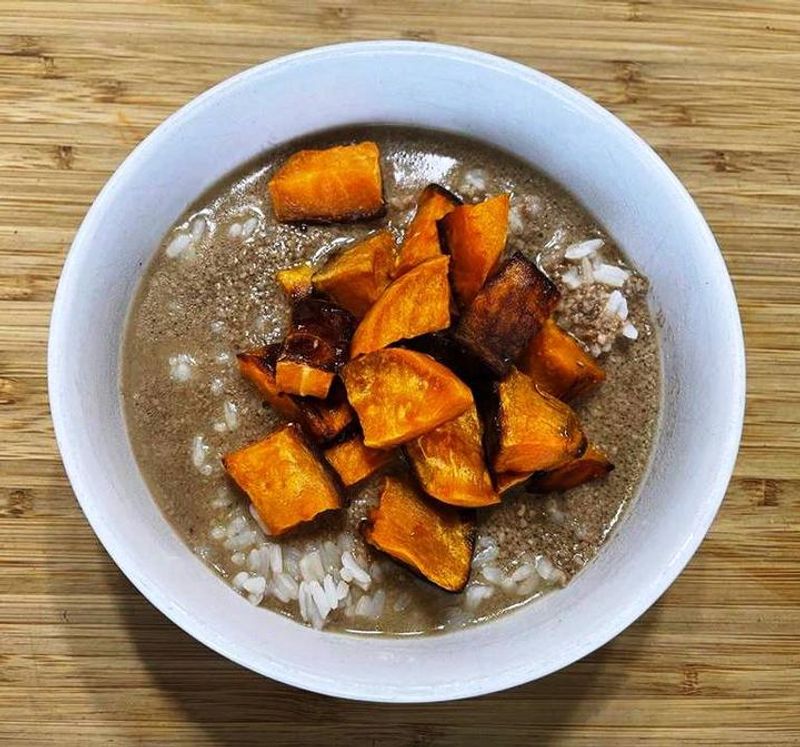
Hickory Nut Soup is a creamy, nutty delight once popular among Southeastern tribes. Ground hickory nuts create a rich base, delivering deep flavor and nutrients. This versatile soup can be served sweet or savory, adapting to preferences. Hickory Nut Soup reflects the creativity and resourcefulness of Native American cuisine, utilizing local ingredients to craft nourishing meals. As you savor this dish, appreciate the cultural heritage and the connection to nature it embodies. Enjoying Hickory Nut Soup is experiencing tradition and the warmth of community.
16. Sumac Tea
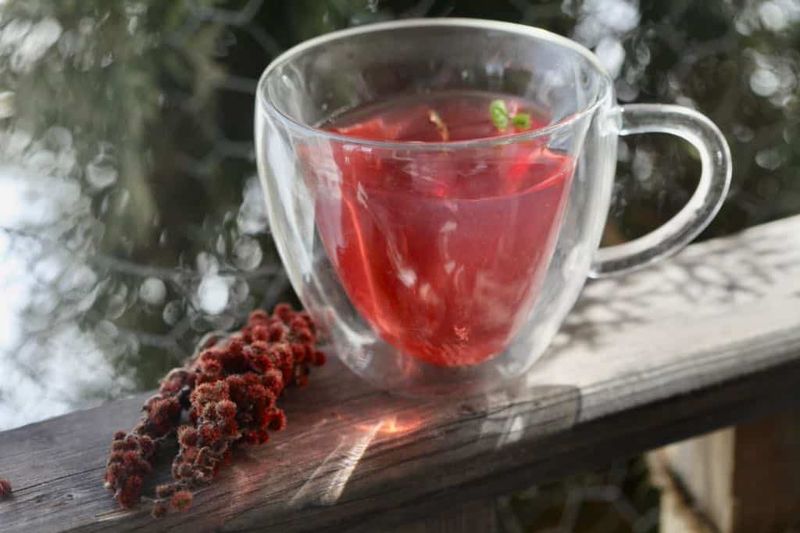
Sumac Tea is a refreshing, tart beverage brewed from wild red sumac berries. Rich in vitamin C, it offers both refreshing taste and medicinal benefits. This tea is a testament to the knowledge and resourcefulness of Native communities, utilizing foraged ingredients to promote health and wellness. Enjoying a cup of Sumac Tea connects us to the land and its abundance. It’s a simple yet profound representation of the harmony between people and their environment, offering both nourishment and tradition.
17. Turtle Stew
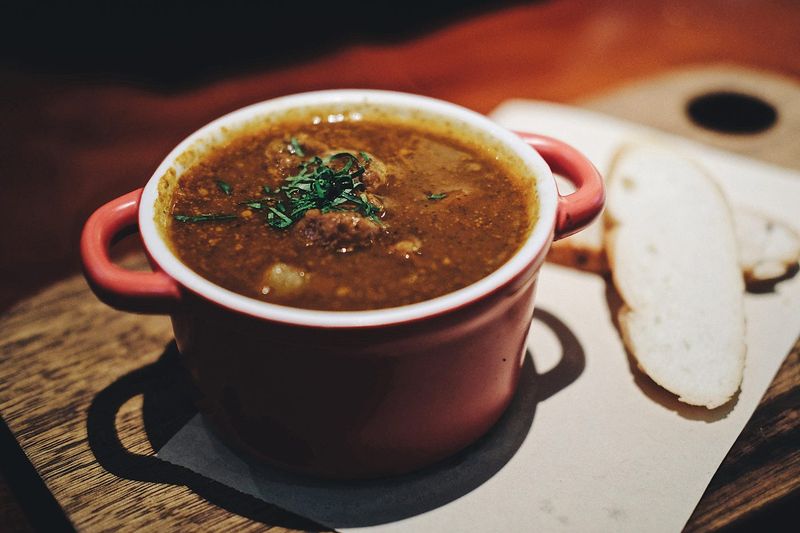
Turtle Stew is a rich, flavorful dish traditionally used in ceremonial settings. Slow-cooked with wild herbs and veggies, it offers a taste of cultural heritage and tradition. Turtle meat provides a unique richness, enhanced by the aromatic herbs. Preparing Turtle Stew was a communal activity, fostering connection and collaboration. This dish reflects the respect and gratitude Native communities have for their food sources. As you enjoy Turtle Stew, you partake in a culinary tradition that honors both the earth and its gifts.
18. Pinole
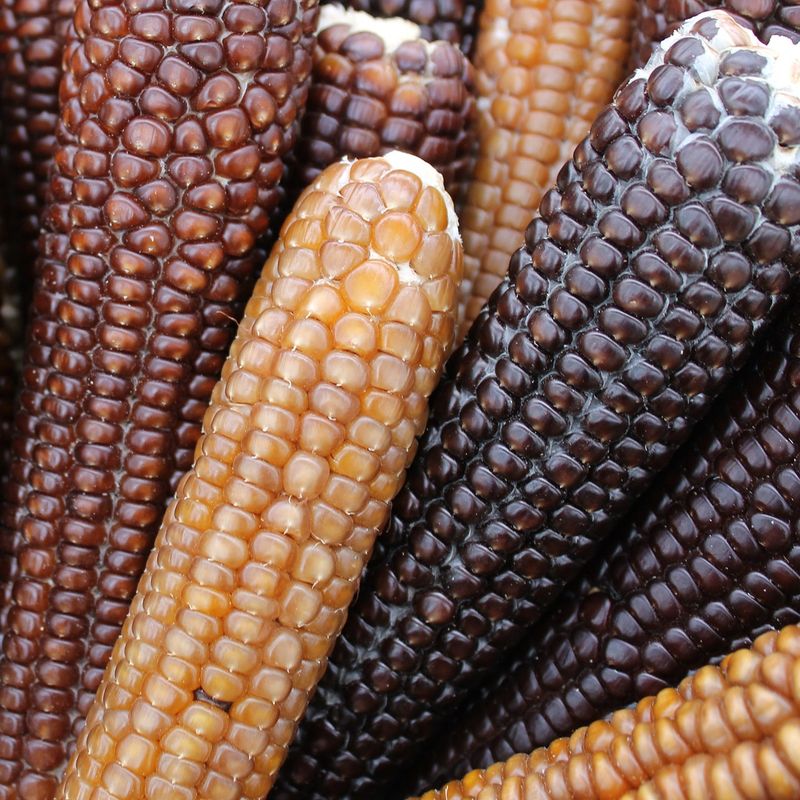
Pinole is a versatile, nourishing drink or porridge, beloved in Mesoamerica and the Southwest. Made with toasted corn, cinnamon, and sometimes cacao, it offers a comforting blend of flavors. This ancient staple provided sustenance to generations, valued for its energy-boosting properties. Pinole exemplifies the resourcefulness and creativity of Native cooks, transforming simple ingredients into cherished staples. As you enjoy Pinole, appreciate the cultural legacy it represents, connecting us to a rich history of culinary innovation and tradition.
19. Smoked Venison
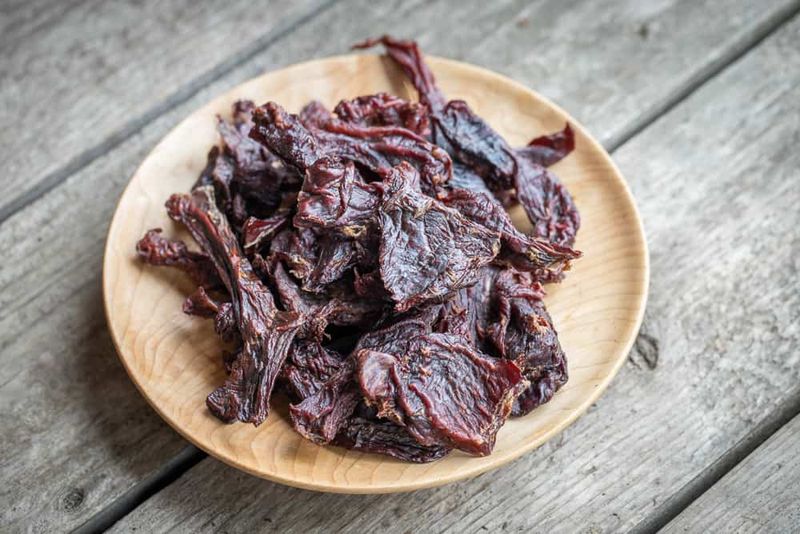
Smoked Venison is a delicious, time-honored tradition in many Native kitchens. Deer meat, or venison, was a major food source, providing essential nutrients. Smoking over open flame or wood chips imparts a rich, smoky flavor that’s deeply satisfying. This preservation method was crucial for ensuring food availability during harsh conditions. Smoked Venison is more than a dish; it’s a testament to the ingenuity and adaptability of Native cultures. Enjoying it is connecting with the past and savoring the wisdom of ancestral practices.
20. Corn Pudding
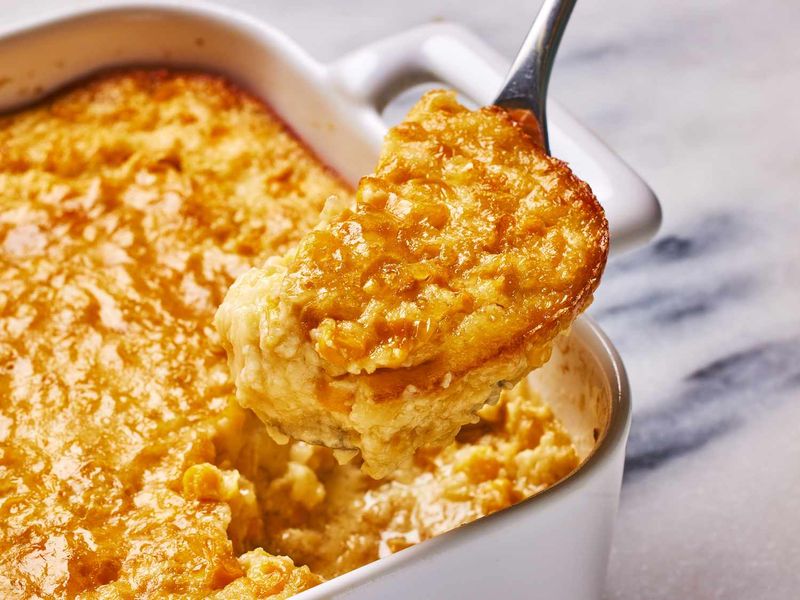
Corn Pudding is a sweet, custard-like dessert rooted in Native culinary traditions. Made with cornmeal, milk, and maple syrup or honey, it offers a comforting blend of flavors. This dessert is more than a treat; it’s a celebration of corn’s central role in Indigenous diets. Each spoonful is a taste of history, connecting us to ancestors who cultivated and cherished this staple crop. Corn Pudding is a delicious reminder of the enduring legacy and cultural significance of Native American cuisine.
